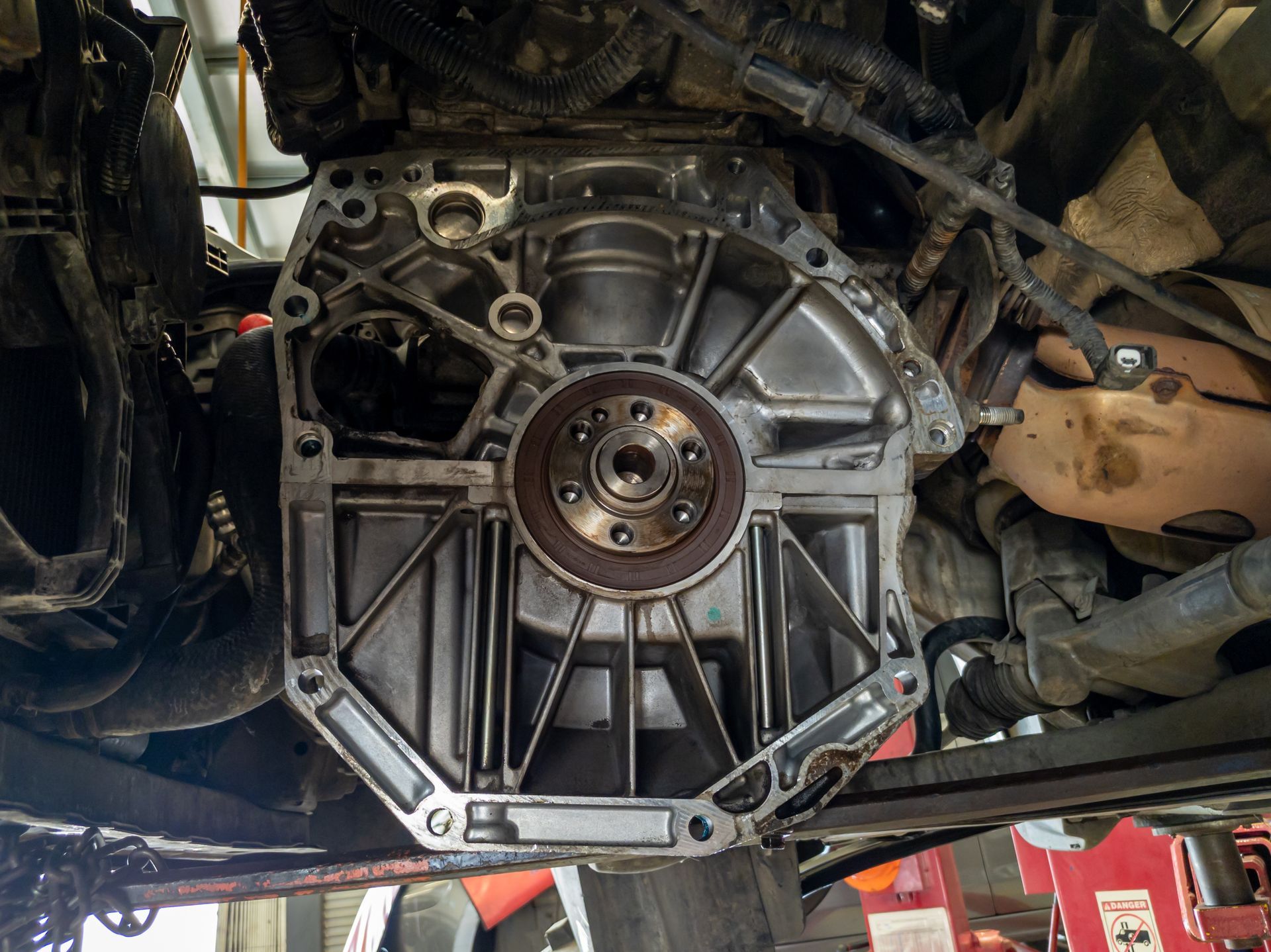Racing Transmission Maintenance and Performance Tips for Street and Track
For those who love performance driving, the transmission isn’t just a piece of the puzzle—it’s the core of how power meets pavement. Whether you're a weekend track warrior or simply enjoy spirited street driving, your vehicle’s racing transmission requires specialized care and knowledge. At University Auto Repair in Moscow, ID, we understand the demands high-performance drivers place on their cars. That’s why we’re diving deep into what makes racing transmissions different, how to maintain them, and when to upgrade or rebuild.
Let’s break down what every performance enthusiast should know to keep their setup fast, smooth, and reliable—on the road or at the strip.
What Makes a Racing Transmission Different?
Racing transmissions are designed to handle significantly more power, torque, and heat than standard factory gearboxes. While OEM transmissions prioritize comfort, fuel economy, and smoothness, performance transmissions focus on:
- Faster, firmer gear changes
- Higher RPM thresholds
- Reinforced internals to handle more horsepower
- Adjustable gear ratios for track-specific tuning
- Manual control and limited electronics
Whether it’s a built automatic with upgraded valve bodies and clutch packs, or a close-ratio manual with short-throw shifting, every racing transmission is purpose-built. At University Auto Repair in Moscow, ID, we’ve seen a wide range of performance setups come through our shop, and no two are exactly alike.
Why Maintenance Is Even More Crucial for Racing Transmissions
Because racing transmissions are pushed harder and operate under higher stress, regular maintenance is not optional—it’s essential. Neglecting transmission care in a performance vehicle can lead to expensive repairs, lost track time, and even engine damage.
Key Differences in Maintenance Needs:
- More frequent fluid changes – Track and aggressive driving break down transmission fluid faster due to extreme heat and stress.
- Inspections for wear – Clutch packs, synchronizers, and bearings wear faster under load and need more frequent checks.
- Temperature monitoring – High-performance builds often require additional cooling components to keep transmission temps in check.
At University Auto Repair, we recommend transmission inspections and fluid analysis more frequently than standard manufacturer intervals for vehicles with upgraded or performance-built drivetrains.
Signs Your Racing Transmission Needs Attention
Performance driving can mask problems with torque, traction, and shifting—so you need to know the warning signs of a transmission in distress. Pay attention to these issues:
- Slipping gears or delayed shifts
- Burnt or dark transmission fluid
- Grinding between gears or missed shifts
- Overheating or transmission warning lights
- Unusual noises under load or at high RPM
Catching these problems early can save you thousands of dollars and protect your investment. At our Moscow, ID shop, we use high-end diagnostic tools and visual inspection techniques tailored to performance transmissions—giving our customers peace of mind at any speed.
Racing Transmission Upgrades: When and Why
Sometimes, maintenance isn’t enough—and that’s when performance upgrades come in. Whether you’re moving up in class, running more power, or simply want tighter control, transmission upgrades can deliver the performance edge you’re looking for.
Here are some common upgrades we help local drivers with at University Auto Repair in Moscow, ID:
- Shift kits and valve body mods for faster gear engagement in automatics
- High-performance clutch packs and torque converters to handle additional power
- Manual gear set conversions for tighter shift points
- Transmission coolers to reduce heat soak during long track sessions
- Short-throw shifters and gear linkage improvements for manual builds
Before committing to upgrades, it’s important to discuss your goals, driving style, and current setup with a shop that understands both street and motorsports applications. We take a consultative approach to help you build smarter, not just faster.
Automatic vs. Manual Racing Transmissions: What’s Right for You?
There’s a long-standing debate in the performance world about automatic vs. manual racing transmissions. Both have their place, and both demand different types of care:
- Automatics offer consistent shifts and faster reaction times, especially in drag racing, but require precise tuning and fluid maintenance.
- Manuals give the driver more control and feel, popular in road course racing and rally, but are harder on synchronizers and clutches.
At University Auto Repair, we work on both types and can help you weigh the pros and cons based on how and where you drive. Performance isn't one-size-fits-all, and your transmission shouldn't be either.
Our Approach at University Auto Repair
Performance cars aren’t just a job for us—they’re a passion. That’s why we bring extra care, technical precision, and customization to every racing transmission we inspect, maintain, or rebuild. Our shop in Moscow, ID is equipped to handle everything from fluid flushes and diagnostics to full transmission builds using ASE-certified expertise and CAR-approved service practices.
We also source high-quality, performance-rated transmission fluids and components, including NAPA-backed options where applicable, to keep your system strong and dependable no matter how hard you push it.
We treat every project like it’s our own—because we know how much trust you place in your build.
Final Thoughts: Build Smart, Drive Hard, Maintain Always
Your racing transmission is more than just gears—it’s the link between your power and your performance. With the right maintenance, smart upgrades, and expert guidance, you can keep it shifting strong and smooth for years to come.
At University Auto Repair in Moscow, ID, we’re proud to serve the local performance community with precision service and honest advice. Whether you’re prepping for your next track day or want to bulletproof your street car, we’re here to help keep the power flowing exactly where it belongs.








